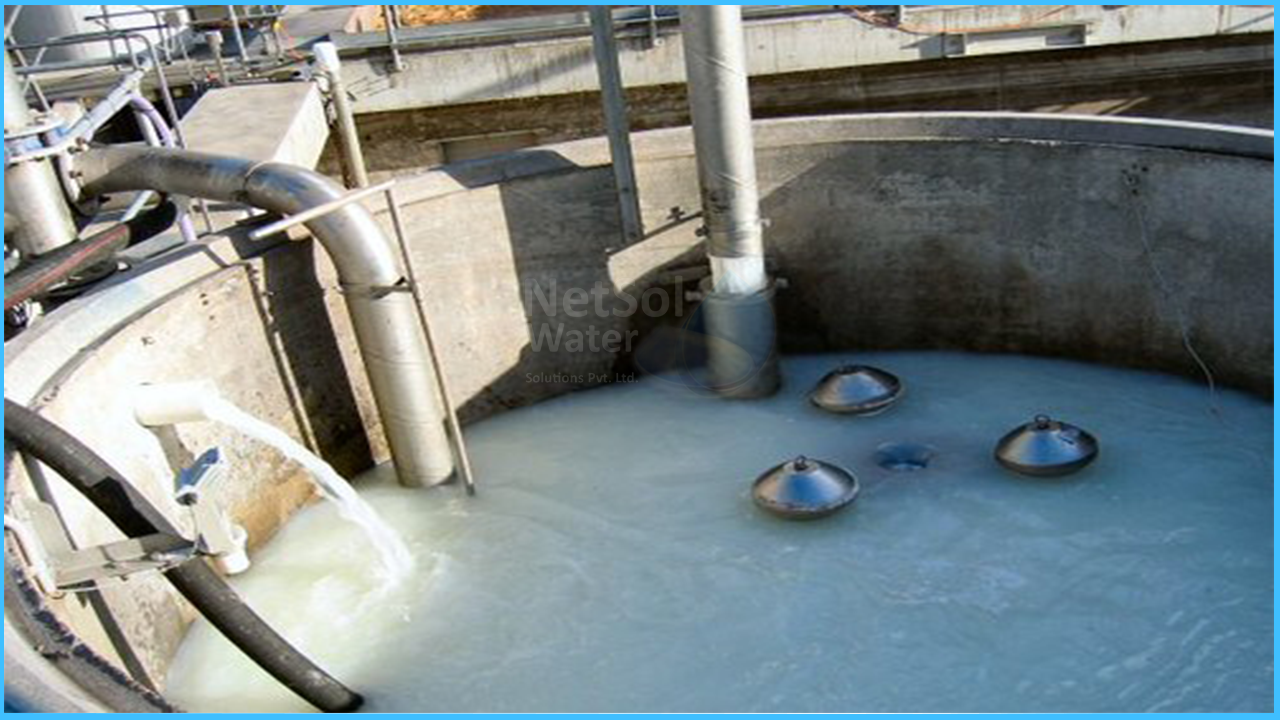Dairy industry wastewater review
BASIC INTRODUCTION
The milk processing industry is one of the world's staple foods, so treatment options for milk wastewater are increasingly coming into focus. The purpose of the article is to review current research on dairy effluents. Various methods of wastewater disposal in the dairy industry are used. Dairy wastewater treatment is focused on internal treatment technologies with an emphasis on biological processes. Aerobic and anaerobic methods with their advantages and disadvantages should beemployed the most. The diversity of dairy products requires the existence of many types of wastewaters.
Three main categories can be delineated according to their origin and composition-
- 1. PROCESS WATER
Process water is created when milk is cooled in special coolers and condensers, as well as condensates from evaporation of milk or whey. When milk and whey dry, vapours are produced which, after condensation, form the cleanest wastewater, although they may contain volatile substances, as well as milk or whey droplets from evaporators. Treatment water is generally low in pollutants and, after minimal pre-treatment, can be reused or discharged along with rainwater. In systems that are not in direct contact with secondary products, the water can be reused. Typical applications are steam and hot water generation, as well as membrane cleaning. The water from cooling the product during pasteurization after the final rinsing of bottles and condensates, which arise in vacuum systems from secondary vapours, can be used to clean rooms, water lawns, etc.
- 2. CLEANING WASTEWATER
Wastewater cleaning generally comes from washing systems that are in direct contact with milk or dairy products. This also includes spillage of milk and products, whey, presses and brine, CIP wastewater or equipment malfunctions and even operational errors. More than 90% of the organic solids in wastewater come from milk and production residues-pieces of cheese, whey, cream, separation and sewage waters, starter cultures, yogurt, fruit concentrates or stabilizers. This wastewater accumulates in large quantities and is highly polluted, requiring additional treatment.
- 3. SANITARY WASTEWATER
Sanitary wastewater is found in toilets, showers, etc. Sanitary wastewater has a composition similar to municipal wastewater and is generally fed directly to wastewater treatment plants. It can be used as a nitrogen source for unbalanced dairy effluents prior to secondary aerobic treatment.
Additionally, by-products of manufacturing processes such as whey, milk, and whey permeates can also be grouped separately if they are collected individually from other wastewater streams.
MAIN CONTAMINANTS
The main contaminants in milk processing wastewater is whey due to its high organic and volumetric load. It constitutes approximately 85-95% of the volume of milk and 55% of the components of milk. Whey is made up of carbohydrates, mainly lactose. Proteins and lactic acid make up less than 1%, fats around 0.4% to 0.5%, while salts vary between 1% and 3%. Whey is produced mainly in cheese making and its volume depends on the productivity of the cheese and the type of milk processed- veal, goat, sheep, etc. Based on the coagulation process of milk casein, whey can be divided into cheese whey and second cheese whey.
Cheese production also produces cheese whey wastewater. Its volume and composition vary depending on the type of cheese made, the technology used, the type of milk and the environment. The cheese whey wastewater is created by adding the excess cheese whey and the second cheese whey to the wash wastewater. However, the contamination is less than with cheese whey. Cheese whey residues are valuable sources of various compounds (proteins, lactose, minerals) and are used in the manufacture of various products such as antibiotics, organic acids, vitamins, gums, etc. However, it should be noted that when the use of serum or serum products creates new waste streams that must also be treated, although this wastewater is less polluted than serum and its organic contamination is comparable to that of other wastewater dairy. Knowing the composition of milk and milk products, we can estimate better, the wastewater contaminant loading. Although milk manufacturing produces waste streams analogous to milk and dairy product loss, every process gives an effluent unique in volume and composition.




